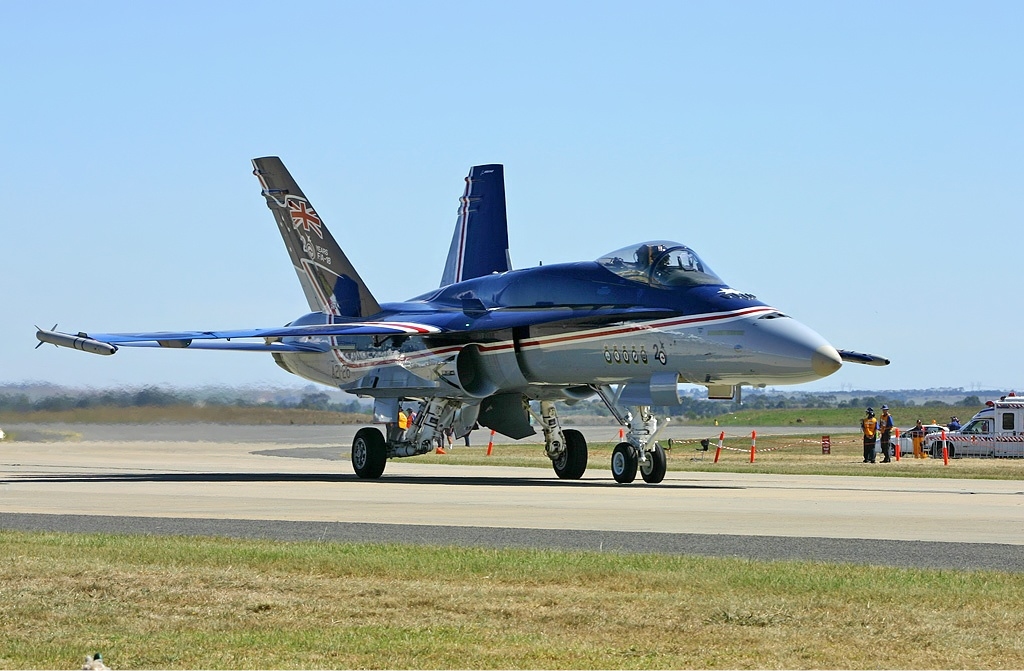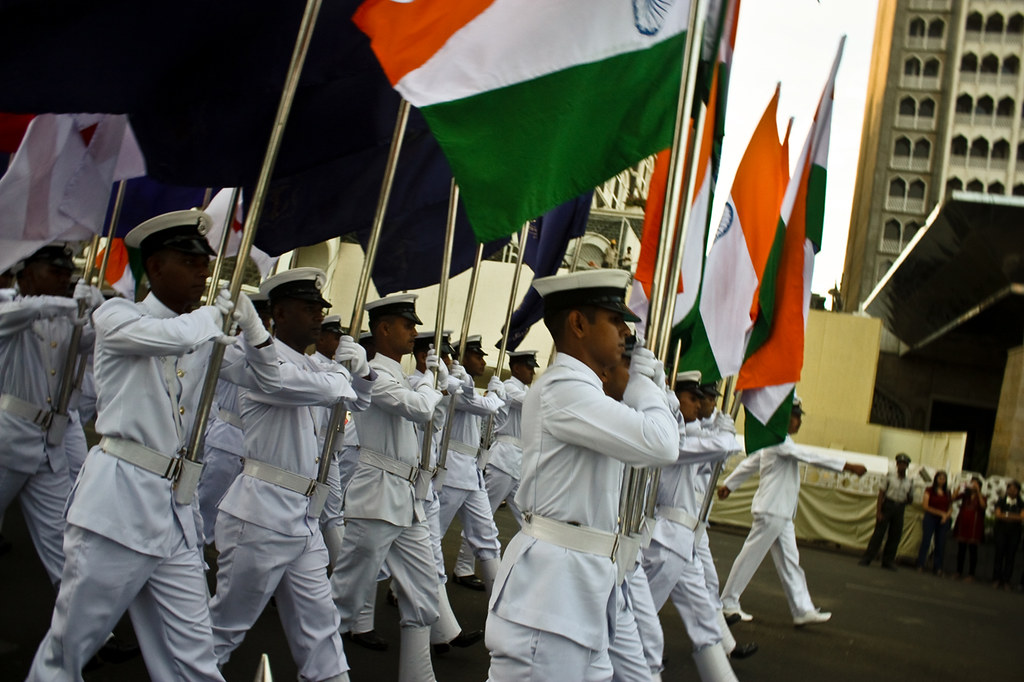By John Valceanu
American Forces Press Service
WASHINGTON, Sept. 28, 2012 – The U.S. 7th Fleet has played a key role in American foreign policy and has had a major positive impact in Asia since being stood up during World War II, a historian told an audience of military service members and Defense Department civilian employees at the Pentagon.
Edward J. Marolda, author of “Ready Seapower: A History of the U.S. Seventh Fleet,” outlined the contributions made by the fleet over the past half century. Marolda teaches at Georgetown University and is a former senior historian at the U.S. Naval History and Heritage command. He has authored, coauthored or edited 12 books on U.S. naval history.
“The U.S. 7th Fleet has had a dramatic and lasting influence promoting and protecting U.S. interests in the Far East,” Marolda said. “It’s been a major factor in bringing stability to the region, enabling countries relying on us to prosper economically. By the same token, it’s helped our friends in the region to develop democratic governing systems and universal human rights ideas.”
The historian described the fleet’s trial by fire during its early years in World War II, mainly under the leadership of Vice Adm. Thomas C. Kinkaid. Marolda touched on Kinkaid’s sometimes contentious relationship with Army Gen. Douglas MacArthur, who was the higher-level commander in the South West Pacific Area.
“The most stellar accomplishment of the fleet” in World War II was the Battle of Leyte Gulf, Marolda said, calling it “a key turning point” in the war. The battle took place from Oct. 20 to Dec. 31, 1944, and launched the Allied campaign to recapture the Philippine Archipelago and liberate it from the Japanese.
After World War II, the 7th Fleet became a permanent forward-deployed force based in Asia. Marolda said that presence became an important political presence in the Pacific region, helping to deter aggression among states.
“When all else is quiet, and there are no wars going on, deterrence is still a big part of the mission,” Marolda said. As an example, he cited the China-Taiwan crises of 1954-55, 1958, 1963 and 1995-1996, in which China threatened military action against Taiwan.
“Our naval presence really did stop them from taking any action,” Marolda said. “It gave them pause and cause for caution.”
Marolda quoted Mao Zedong, who led the People’s Republic of China from 1949 to 1976, as saying, “the 7th is the biggest fleet, and it surrounds us.”
In addition to deterrence of aggression, Marolda said the 7th Fleet also helped maintain the freedom of the seas for trade and shipping by suppressing pirates. In doing so, it enabled economic prosperity to flourish.
Allied nations like Japan, South Korea, the Philippines, Australia and New Zealand all benefited from the 7th Fleet’s efforts, he said, as did even the People’s Republic of China, which took advantage of reduced piracy and free seas to expand its international trading activities. The results have been a much more stable region and a proliferation of more democratic governments.
“It has been one of the primary instruments of U.S. foreign policy in Asia,” Marolda said. “Behind the shield of the U.S. Navy, economic and political prosperity were able to occur in the region. By protecting our maritime allies, the fleet was able to counter both Marxist-Leninist and radical Islamist movements.”
Along with deterrence, Marolda said the 7th Fleet used “soft power” to show nations in the region that the U.S. wanted to do the right things and shared in their values. Examples include refugee evacuations, disaster relief and humanitarian operations.
The fleet helped in various ways over the years, including working with North Vietnamese refugees escaping by boat during the Vietnam War and providing disaster relief during the 1991 volcanic eruption of Mount Pinatubo in the Philippines and the 2004 earthquake and tsunami in the Indian Ocean, Marolda said.
Though these are missions for the fleet, the most important reason for its existence is the ability to fight wars, Marolda said, and the 7th is the only U.S. fleet to have been involved in every major conflict since World War II. During the Korean and Vietnam wars, the fleet’s ability to control the sea was critical.
“Both in Korea and Vietnam, naval power was absolutely vital to whatever success we had,” Marolda said, noting that the fleet was able to deny the use of the seas to adversaries, thereby preventing the movement of supplies and personnel.
“We could not have fought those wars the way we did without being able to control the seas,” he said.
Marolda’s book is available for download from the U.S. Navy’s Naval History and Heritage Command site, and it may be purchased in book form through the U.S. Government Printing Office. The presentation was sponsored by the Historical Office of the Office of the Secretary of Defense as part of its History Speaker Series.
--




_test_flight_of_experimental_hypersonic_vehicle.jpg)














